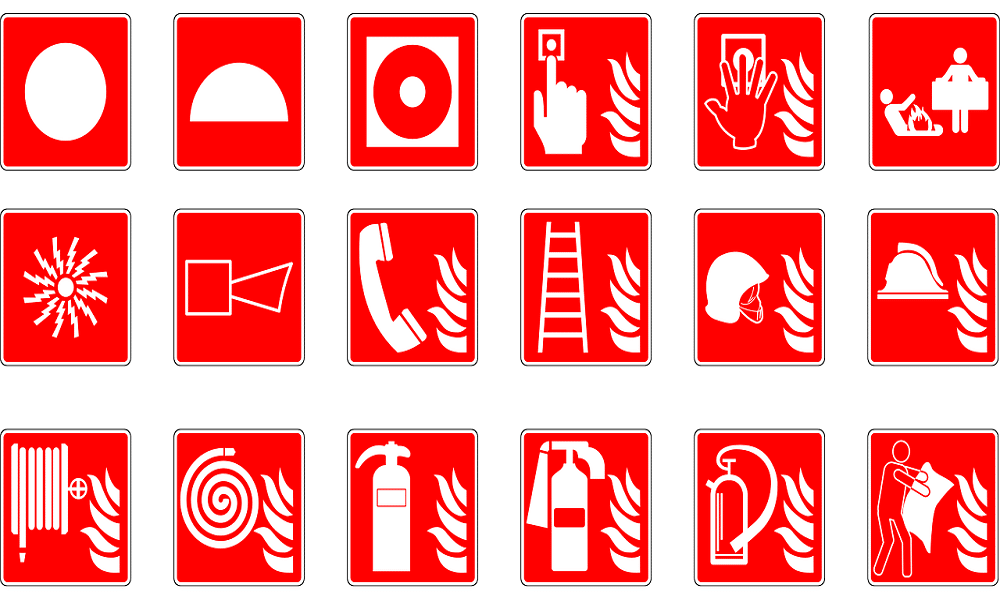Safety protocols are the backbone of risk management in businesses that deal with potential hazards to employees, the public, or the environment. Whether operating a chemical plant, managing a construction site, or running a logistics company, implementing robust safety measures is not just a legal requirement—it’s a moral imperative and sound business practice.
The foundation of any effective safety protocol begins with a comprehensive hazard assessment. This involves systematically identifying all potential risks associated with business operations. As a Las Vegas truck accident attorney at Morris Injury Law attorneys indicates, “Many preventable accidents occur because companies fail to recognize potential hazards before they manifest into real problems. This oversight often leads to costly litigation and, more importantly, preventable injuries or fatalities”.
Creating a culture of safety requires more than just written procedures—it demands active engagement from all levels of the organization. Leadership must demonstrate an unwavering commitment to safety by allocating necessary resources, participating in safety initiatives, and consistently prioritizing safety over short-term productivity gains. When employees see management taking safety seriously, they’re more likely to embrace and follow protocols themselves.
Training forms the cornerstone of safety protocol implementation. Every employee, from entry-level workers to senior management, should receive thorough initial safety training and regular refresher courses. This training should cover general safety principles and specific protocols relevant to their role. Understanding the “why” behind safety measures helps ensure better compliance and enables workers to make informed decisions when facing unexpected situations.
Documentation plays a crucial role in safety protocol implementation. All procedures should be clearly written, easily accessible, and regularly updated to reflect new information or changing circumstances. This includes maintaining detailed records of training sessions, safety meetings, incident reports, and corrective actions taken. Such documentation not only helps track compliance but also provides valuable data for improving safety measures over time.
Regular safety audits and inspections are essential for maintaining effective protocols. These should be conducted by both internal teams and external experts to ensure objectivity and identify potential blind spots. Audits should examine physical conditions, equipment maintenance, procedure adherence, and the overall effectiveness of safety programs. Any identified issues should be addressed promptly, with clear timelines and accountability for corrective actions.
Emergency response planning is another critical component of safety protocol. Organizations must develop and regularly practice procedures for various emergency scenarios, from medical emergencies to natural disasters. These plans should include clear communication channels, evacuation procedures, and coordination with local emergency responders. Regular drills help ensure everyone knows their roles and can act quickly when seconds count.
Incorporating technology can significantly enhance safety protocols. Modern safety management systems can help track training requirements, maintenance schedules, and incident reports. Sensors and monitoring equipment can provide early warning of potential hazards, while data analytics can identify patterns and trends that might indicate emerging safety concerns. However, technology should complement, not replace, human judgment and oversight.
Contractor management represents another crucial aspect of safety protocol, particularly for businesses that regularly work with external partners. All contractors should be thoroughly vetted for their safety record and required to follow the same safety standards as employees. Clear communication channels and regular coordination meetings help ensure everyone understands and follows established protocols.
Continuous improvement should be built into safety protocols through regular review and updates. This involves analyzing incident reports, near-misses, and audit findings to identify areas for enhancement. Employee feedback should be actively sought and considered, as front-line workers often have valuable insights into practical safety challenges and potential solutions.
The success of safety protocols ultimately depends on effective communication throughout the organization. Regular safety meetings, clear signage, and open channels for reporting concerns all contribute to maintaining awareness and engagement. Recognition programs can help reinforce positive safety behaviors and encourage ongoing participation in safety initiatives.
Businesses must also consider the broader implications of their safety protocols on the community and environment. This includes managing noise, emissions, and other potential impacts on neighboring areas. Regular engagement with community stakeholders helps build trust and ensures safety measures address local concerns effectively.
Implementing comprehensive safety protocols requires significant investment of time and resources, but the alternative—workplace accidents, environmental incidents, or public health impacts—carries far greater costs, both financial and human. By taking a systematic approach to safety protocol implementation and maintaining a strong commitment to continuous improvement, businesses can effectively manage hazard externalities while building a stronger, more resilient organization.
Financial planning for safety initiatives deserves careful consideration in any business strategy. While the initial investment in safety equipment, training programs, and monitoring systems may seem substantial, it typically pales in comparison to the potential costs of accidents, legal liabilities, and reputational damage. Organizations should develop detailed safety budgets that account for both routine maintenance and periodic upgrades of safety systems.
Moreover, businesses should consider implementing incentive programs that reward departments and teams for maintaining excellent safety records without discouraging incident reporting. These programs should focus on proactive measures, such as identifying and addressing potential hazards, rather than simply tracking accident-free days. When structured properly, such initiatives can help maintain high safety standards while fostering a positive, collaborative approach to hazard management.
The most successful organizations recognize that safety protocols are not static documents but living systems that must evolve with changing technologies, regulations, and business practices. By maintaining this dynamic approach to safety management, businesses can better protect their workers, communities, and bottom line while building a reputation for operational excellence.


